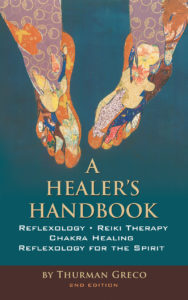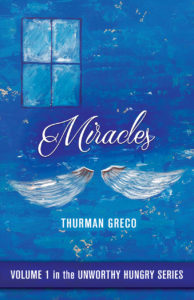Envision Balance and Wellness
Envision balance and wellness, homeostasis, or whatever you want.
After including reflexology in your life, the most important thing you can do to bring about homeostasis is to become aware of the path you are now on..
We’re never going to get where we need to go unless we know:
where we’re going,
how we’re going to get there,
what we’re going to do when we arrive. .
This may seem like a subject that doesn’t belong in a reflexology text book, but it really does. If you’re going to help people get to a better place health wise, they need to know where they are going. Not everyone knows about setting goals. As you teach them goal setting they’ll envision the balance and wellness which is best for themselves and their health. And, you, likewise will benefit from setting your own goals.
Learning the importance of how to envision balance and wellness is a good start.
Sometimes, client partners come to a reflexologist, massage therapist, or whomever. After a few visits they begin to feel better and forget why they came in the beginning. Then they stop coming. Without lecturing, teach them that energy follows intent.
Your client partners need to see Reflexology for the Spirit as a process, not a pill. Keep them (and yourself) focused on what you find as you reflex their feet. You do this when you learn, gently, what is happening in their lives and their visits to other healthcare professionals.
Review, periodically, how their feet have changed, and how these changes affect their health in general as they envision balance and wellness.
You can keep your client partners focused on the goal if you know what it is. So, an important question to ask during the first visit is “Why did you come today? And, why not 6 months ago? Or 2 months ago?”
When you can get the answer to that question, you’ll both be on the way to balance and wellness (homeostasis) through a health goal.
Many healthcare professionals recognize health red flags. These flags differ from professional to professional. They can be
test results
client appearance
client remarks.
Red flags for a Reflexology for the Spirit practitioner include:
fatigue
loss of appetite
fever
pain
itching
boils
irritation
inflammation
headaches
feeling jumpy or uneasy
coated tongue
halitosis
colitis
sinusitis
stomach ulcers
canker sores
boils
cancer
Many of your client partners may have multiple issues.
Each individual is unique. But, homeostasis is a goal that all can seek.
When this happens, the body is in a good health balance.
Disease is a sign that the flow toward homeostasis has reversed. So, the red flag words become markers teaching how far away from homeostasis the body has drifted.
You, as the Reflexology for the Spirit practitioner, are concerned with a person as a whole. You work to create a natural balance that is wellness oriented.
You seek to expand the positive potential for good health in all areas.
Disease prevention is the best medicine.
Thanks for reading this blog/book.
Please refer this article to your preferred social media network.
Please send a comment.
Don’t forget to join the email list.
Thurman Greco
7 Levels of Disease – a New (Very Old) Way to Think About Disease
So often, when we visit a healthcare professional, we want the whole body, the physical, mental, emotional, and spiritual, to be considered. Instead, a portion of the body is considered.
Fortunately, this attitude is changing. More and more people are receiving healthcare for the whole person.
Healthcare for the whole person requires a different outlook, attitude. It sometimes requires that we return to a much older model of wellness or illness, as it were.
I offer here a 7-point scale:
Level one is the lowest on the scale. The word for level one is fatigue. If your client partner comes to you complaining of fatigue or loss of appetite only, this person is experiencing the lowest level of disease. As you offer a Reflexology for the Spirit session, try to find out why the person is tired. Has s/he been burning the candle at both ends? What is happening here?
Level two is fever. Try to find out what is causing the fever. Does your client partner even know? How does the person know s/he has fever? How long has it been high? What times of the day is it high? When is it lowest?
Level three is irritation. The operative words here are: headaches, itching, feeling jumpy or uneasy, coated tongue, halitosis. What are the best ways to deal with these conditions?
Level four is inflammation to include colitis, sinusitis, gum disease, etc. Is s/he doing anything to treat these conditions?
Level five is ulceration. As in stomach ulcers or canker stores.
Level six is induration. That is an encapsulated group of toxins. An induration is a health issue that a person’s body has built a wall around. Essentially, the body is saying: “Toxins, I’m not going to deal with you now. I’m going to close you in and deal with you later.”
Level 7 is cancer.So…we go from fatigue to cancer. All these levels are important. The issues at each level must be addressed and treated…not ignored. They are all connected.
Through regular Reflexology for the Spirit sessions, we can address these issues to facilitate homeostasis. And, these conditions are all valid reasons to visit a physician. The reflexologist works on a regular basis to address the whole person and facilitate homeostasis.
Thank you for reading this blog/book. If you have any questions or comments, please contact me.
As always, this post comes to you from my healing space in Woodstock, NY
Peace and food for all
Thurman Greco







